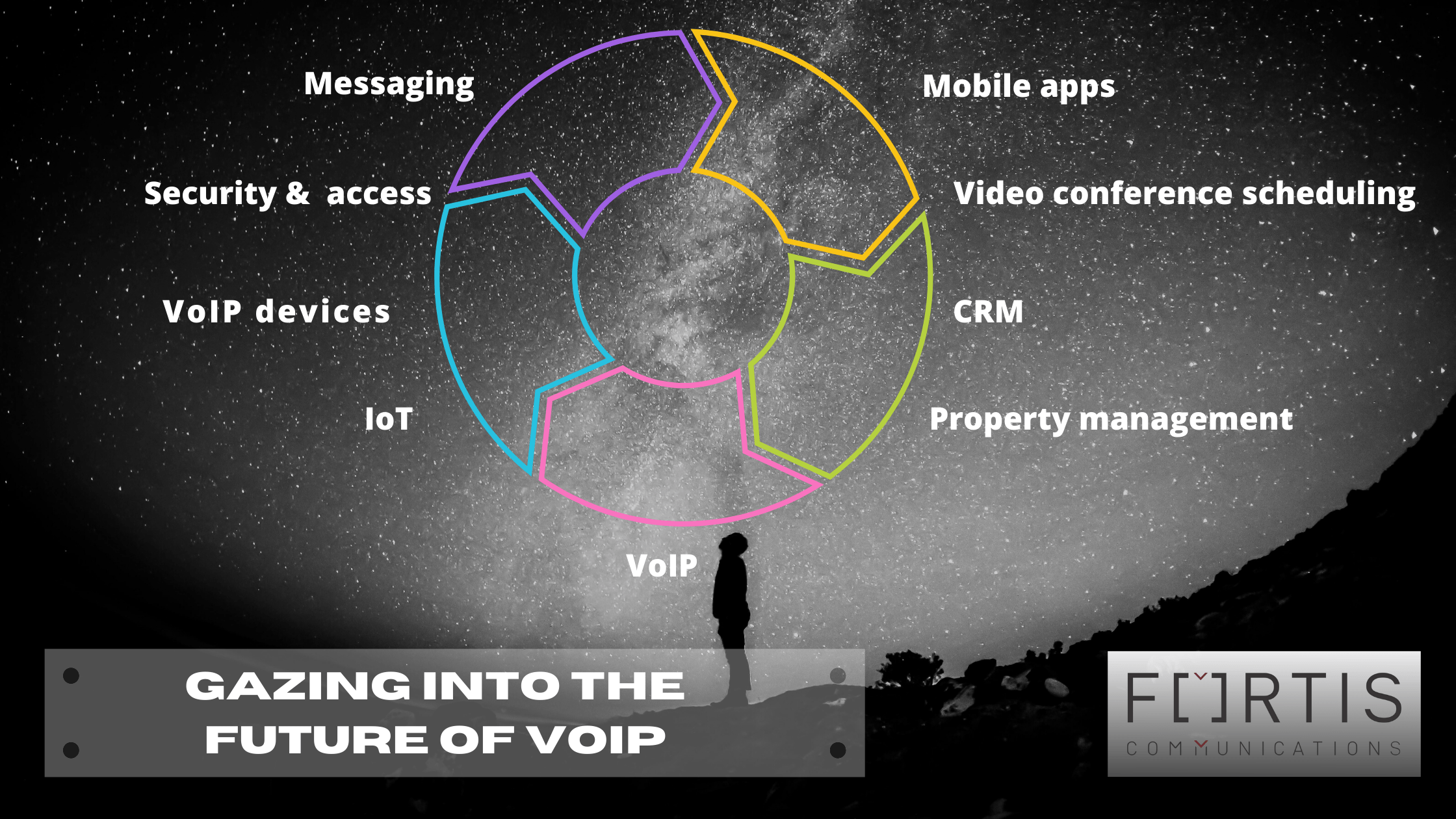VoIP is now the standard form of voice communication for a vast number of organizations worldwide. This is because it brings with it numerous advantages over traditional telephony systems including lower set-up costs, reduced infrastructure and cheaper calls. As a prediction, we know already that, VoIP will soon be replacing ISDN (Integrated Services Digital Network) and the POTS (Plain old telephone service) most large companies intend to phase their legacy systems out entirely by 2025.
VoIP will soon be replacing ISDN (Integrated Services Digital Network) and the POTS (Plain old telephone service) most large companies intend to phase their legacy systems out entirely by 2025.
Modern providers offer comprehensive wholesale VoIP termination services, allowing calls to be made and received across the globe at vastly reduced rates as a result of complex negotiations and arrangements with multiple parties in countries all over the world.
As with all technology, VoIP needs to embrace innovation and adapt in order to stay relevant. Over the past decade, VoIP has gone from being simply a voice protocol to being a unified communications engine that is both powerful and comprehensive. As communications are now possible from almost any device, manufacturers face a tricky job to ensure that VoIP endpoints remain relevant.
VoIP may be able to stay ahead of the curve as a result of the Internet of Things (IoT). This concept is changing the way that we look at modern technology in disciplines, which range far beyond those of VoIP.
Internet of Things
The IoT aims to make every internet-capable device interconnected in some way in order undertake tasks without human interaction. It aims to connect all of the devices that we use every day so that they can make our lives easier through smart thinking and AI techniques such as machine learning.
It might be interesting to have a look at our previous article about Internet of Things
VoIP devices
Every VoIP device should be able to serve multiple purposes beyond simply sending voice or video-packets. Nearly every SIP includes at least a speaker or camera; endpoints that are able to communicate with other devices. These points are where the IoT and VoIP meet, and looking forward, the future of VoIP could well be based on IoT. Many manufacturers now see VoIP endpoints as the key to smarter solutions that can share information and improve the lives of users.
VoIP and the IoT can work together to provide numerous solutions and advancements. Some examples of these solutions are outlined below.
Security and access
VoIP endpoints can take on a proactive and significant role in protecting any location whilst also managing the access to that site. Any internet–connected device can view real-time feeds from IP security cameras and this can help to control access. These devices can also be set to automatically notify designated IP devices when any specific event occurs. IP phones can be used in conjunction with door access systems to notify when visitors arrive and to manage building access.
Mobile apps
VoIP platforms are already being merged with popular mobile platforms. Many IP phones run the Android operating system, meaning that they can use any Android app and synchronize with any Google account. This integration offers numerous possibilities for devices to undertake activities from controlling the office thermostat to redirecting calls and offering messaging services based upon real-time presence.
Video conference scheduling
Many video conferencing solutions and UC (Unified communications) systems can be synced with Google’s Calendar. This means that you can arrange a video or conference call and because it gets added to Google Calendar, you will receive reminders and your device can even automatically call participants at the scheduled time.
Customer Relationship Management (CRM) platforms
UC (Unified communications) platforms and VoIP systems can be integrated with major customer relationship management (CRM) platforms. This enables call-handlers to view detailed information about each caller and add data from each call into the CRM system.
Messaging
VoIP endpoints offer a range of messaging options and apps that allow communication with nearly any other device. Many VoIP platforms allow the use of Skype, Google Hangouts, and more, from most IP phones. Many IP phones also support SMS messaging.
Property management
Through the integration of property management systems with VoIP networks, VoIP endpoints can enable the management of logistics and critical operations within, for example, a hotel. In this setting, hotel staff can use IP phones to access or pass on data about, for example, mini-bar usage, into a central PMS platform. That data can then be used for hotel management and billing purposes.
Just the beginning!
As the majority of SIP devices are connected to the Internet, the possibilities for VoIP endpoints working with the IoT are almost unlimited. There is enormous potential for VoIP devices to be able to automatically manage and control everything within a static facility using real-time data, including factors such as lighting, HVAC, communication flows, maintenance, and more.
The staggering potential of IoT and VoIP as a combined force is rapidly garnering attention and will undoubtedly play a significant role in all of our lives in the future.




